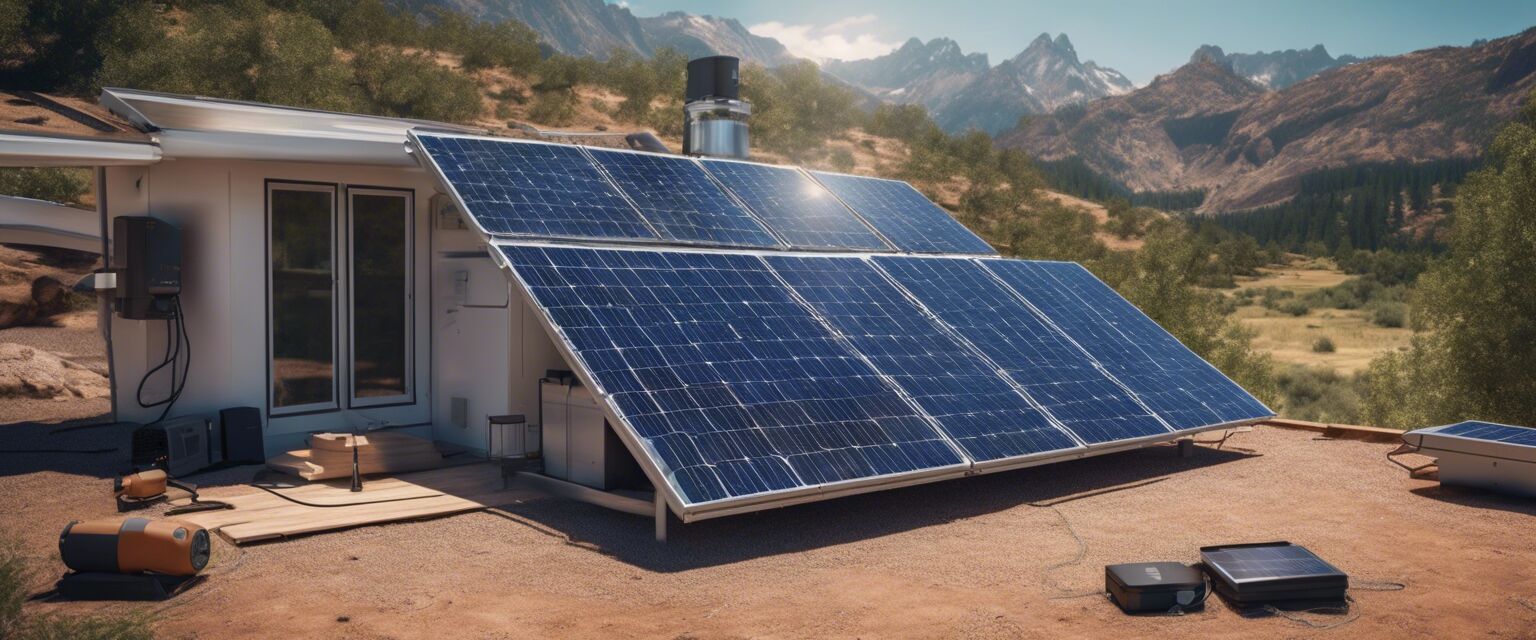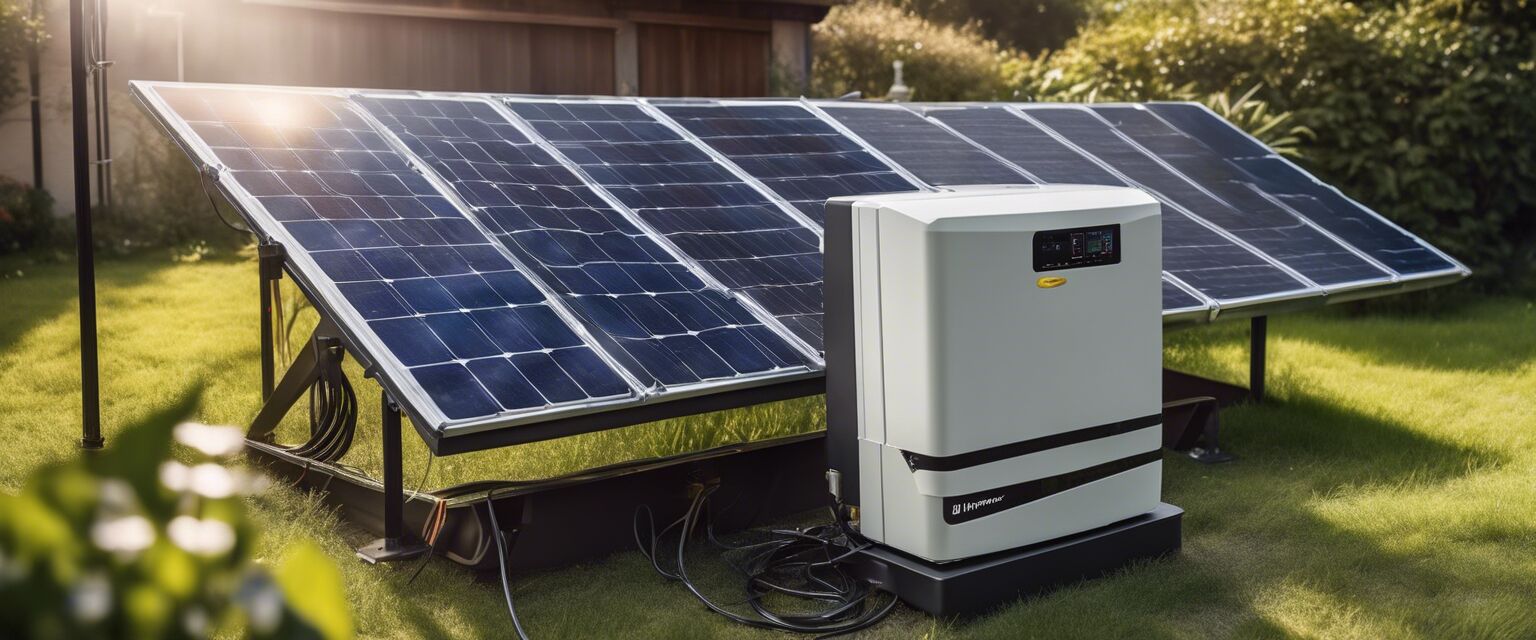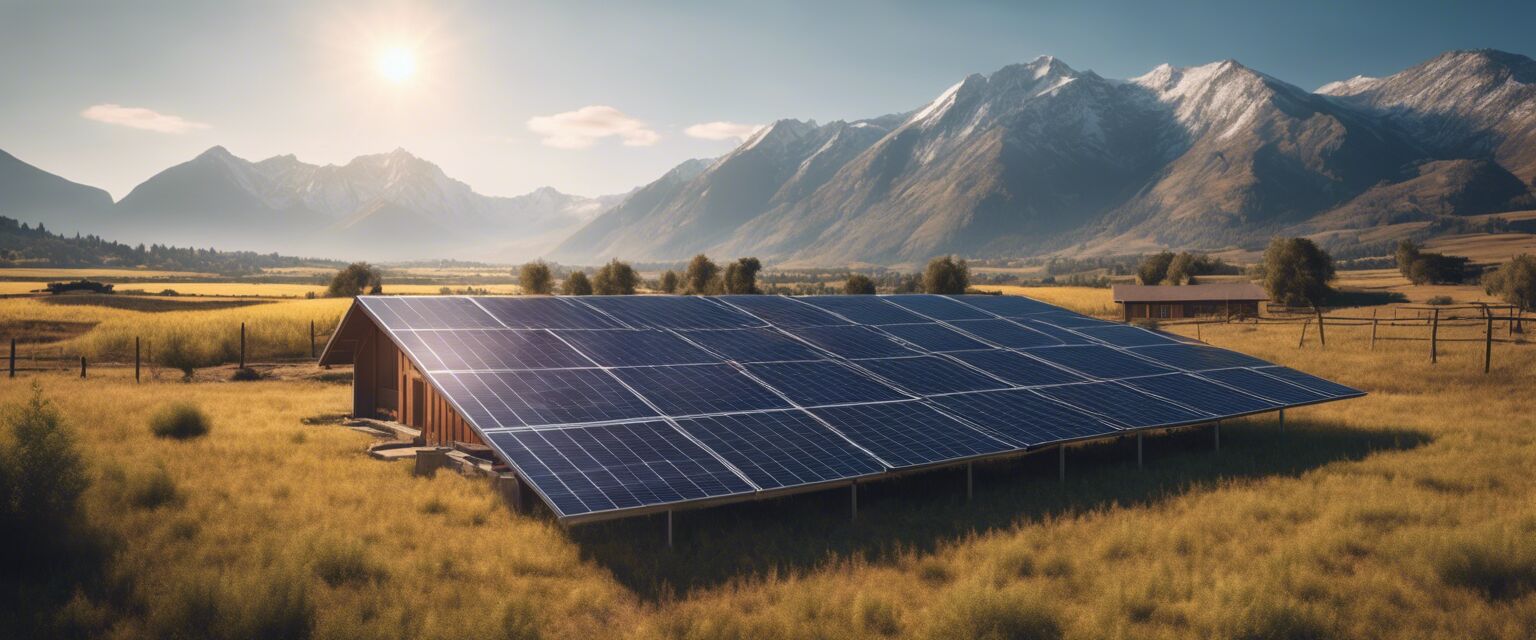
Solar System Sizing and Planning
Key Takeaways
- Understand your energy needs to determine the right solar system size.
- Choose the right components for efficiency and compatibility.
- Consider factors like location, sunlight exposure, and weather conditions.
- Plan for future energy demands and system scalability.
- Regular maintenance ensures optimal performance of your solar system.
Planning and sizing your solar system is crucial to ensure it meets your energy needs efficiently. This guide will walk you through the essential steps to size and plan a solar system for optimal performance, making you one step closer to achieving grid independence.
Understanding Your Energy Needs
The first step in sizing your solar system is to understand your energy consumption. Here's how you can assess your energy needs:
- Review your electricity bills: Look for your average monthly usage in kilowatt-hours (kWh).
- Identify major appliances: List out all the appliances you use and their power ratings.
- Calculate peak usage: Determine the maximum amount of power you need at any given time.
Calculating Your Energy Needs
| Appliance | Wattage (W) | Hours Used per Day | Daily Consumption (Wh) |
|---|---|---|---|
| Refrigerator | 150 | 24 | 3600 |
| LED Lights | 10 | 5 | 50 |
| Laptop | 60 | 8 | 480 |
| Television | 100 | 4 | 400 |
| Total | 5020 Wh |
Choosing the Right Components
After determining your energy needs, the next step is to choose the appropriate components for your solar system. The major components include:
- Solar Panels: Convert sunlight into electricity.
- Inverter: Converts DC power from solar panels to AC power for your home.
- Battery Storage: Stores excess energy for use when sunlight is not available.
- Charge Controllers: Regulate the voltage and current coming from the solar panels to prevent battery overcharging.
Component Sizing Guide
| Component | Function | Recommended Sizing |
|---|---|---|
| Solar Panels | Generate electricity | Based on daily kWh consumption |
| Inverter | Convert DC to AC | At least equal to peak load |
| Battery Storage | Store excess energy | 1.5 times daily consumption for autonomy |
| Charge Controller | Prevent overcharging | Match with solar panel output |
Planning for Location and Environment
Your solar system's efficiency depends significantly on your location and environmental conditions. Here are some factors to consider:
- Sunlight Exposure: Measure the average sunlight hours in your area.
- Shading: Identify any potential shading from trees, buildings, or other obstacles.
- Weather Conditions: Consider how often your area experiences cloudy or rainy days.
Sunlight Hours Table
| Location | Average Sunlight Hours per Day |
|---|---|
| Desert Region | 8-10 |
| Coastal Area | 5-7 |
| Mountain Region | 4-6 |
| Urban Area | 4-5 |
Future-Proofing Your Solar System
When planning your solar system, itâs wise to consider future energy needs. Here are some important tips:
- Scalability: Choose components that allow for easy expansion.
- Energy Efficiency: Invest in energy-efficient appliances to reduce overall consumption.
- Battery Upgrades: Plan for additional battery storage as your energy needs grow.
Maintenance for Optimal Performance
Regular maintenance is key to ensuring your solar system operates efficiently. Here are some maintenance tips:
- Clean Solar Panels: Keep panels free from dirt and debris.
- Inspect Components: Regularly check the inverter and charge controller for any issues.
- Monitor Performance: Use monitoring systems to track energy production and consumption.
Maintenance Checklist
| Task | Frequency |
|---|---|
| Clean Solar Panels | Every 6 months |
| Inspect Battery Health | Every 3 months |
| Check Inverter Status | Monthly |
| Review Energy Reports | Monthly |
Tips for Beginners
- Start small and expand your system as needed.
- Research different solar technologies to find the best fit for you.
- Consult with a solar energy professional for personalized advice.
- Take advantage of local solar incentives and rebates.
Pros
- Reduces electricity bills.
- Environmentally friendly energy source.
- Increases property value.
- Energy independence.
Cons
- High initial investment costs.
- Requires adequate sunlight exposure.
- Maintenance needed over time.
Conclusion
In conclusion, effectively sizing and planning your solar system can lead to significant energy savings and independence from the grid. By understanding your energy needs, choosing the right components, planning for your location, and maintaining your system, you can ensure optimal performance for years to come. Take the first step towards a sustainable future today!















